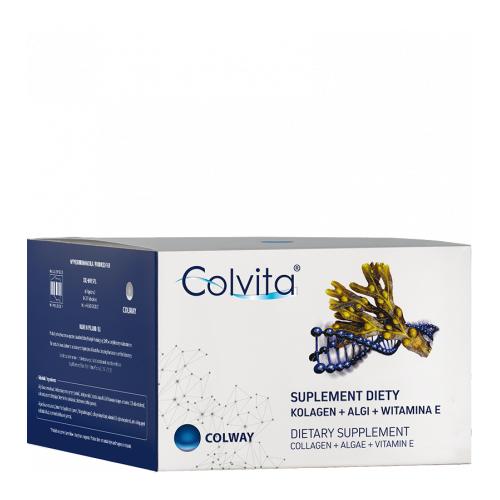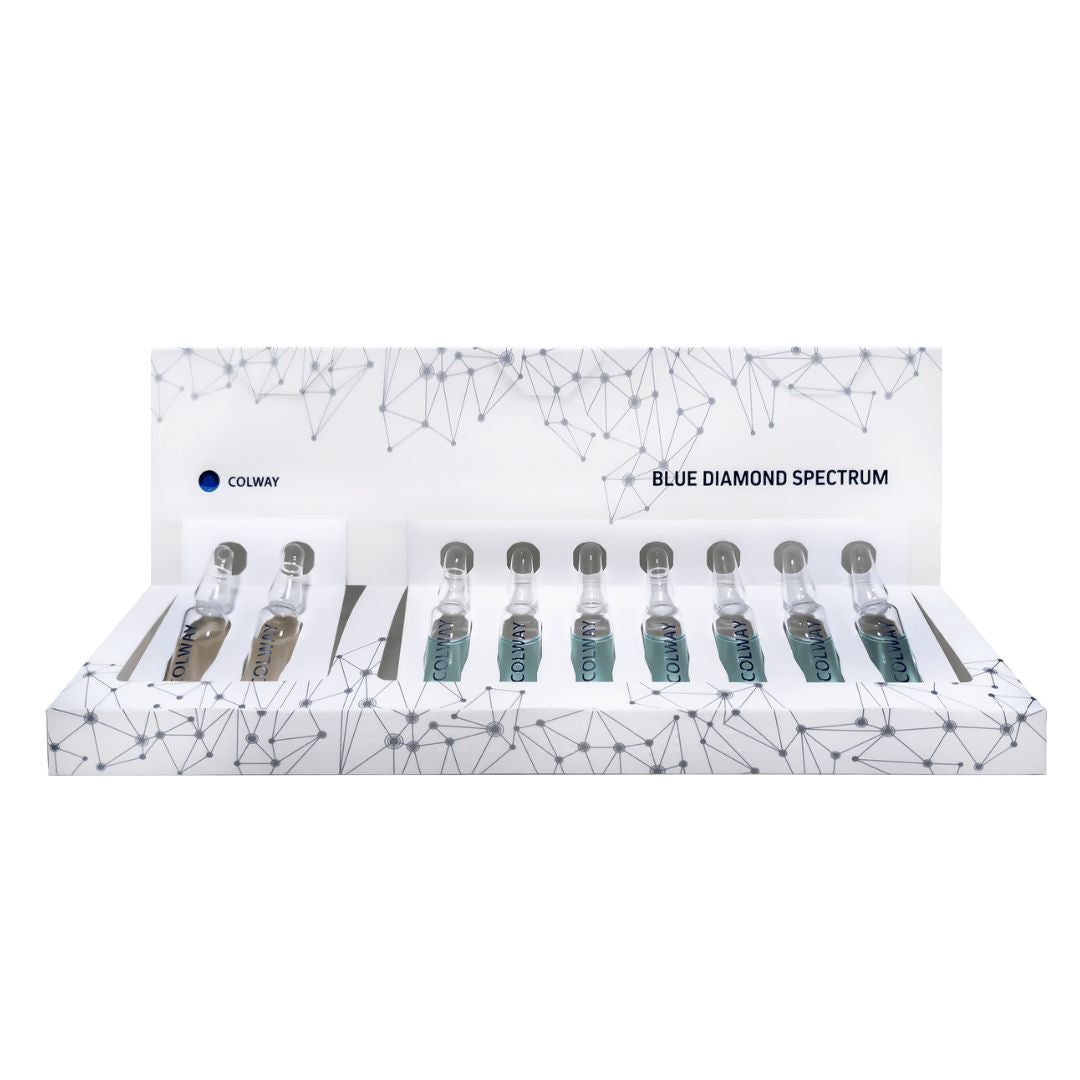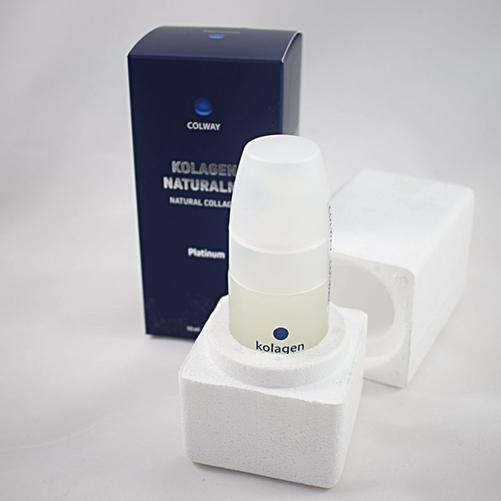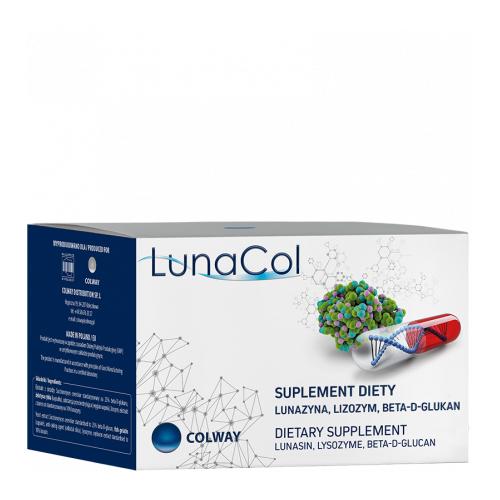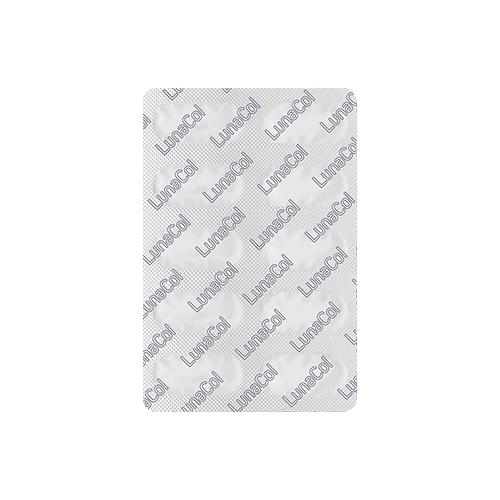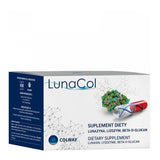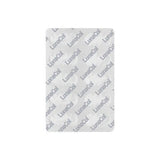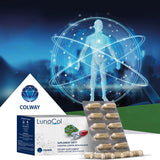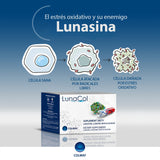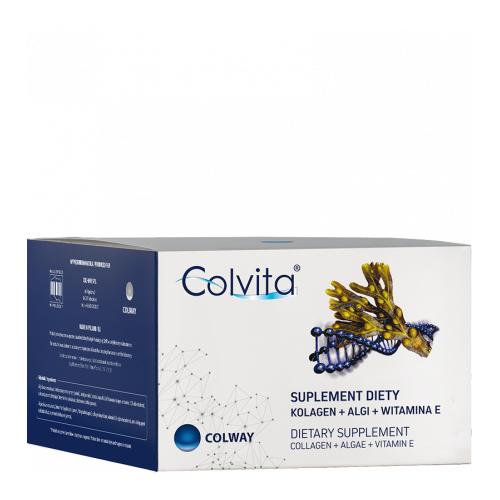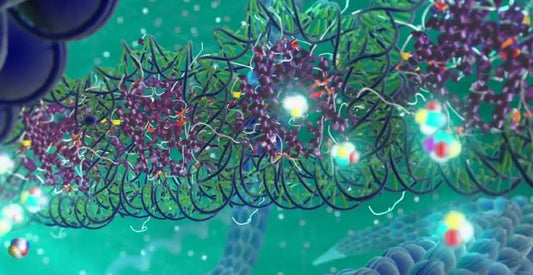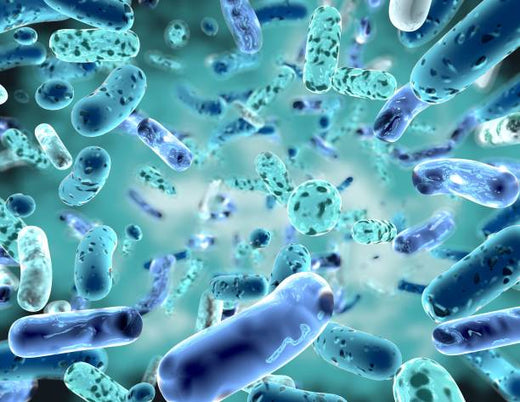Alzheimer's disease: A fatal neurodegenerative disorder
Alzheimer's disease (AD) is a progressive and fatal neurodegenerative disorder that affects millions of people worldwide. But have you ever wondered what exactly causes this devastating disorder?
Accumulation of amyloid-beta 42 (Aβ42) plaques and oxidative stress
In Alzheimer's disease, there is an accumulation of amyloid-beta 42 (Aβ42) plaques. These plaques are proteins that accumulate in the brain and cause a series of detrimental effects, including oxidative stress.
Role of Aβ42 plaques in neuronal death
Aβ42 plaques trigger a series of events that result in neuronal death. However, the exact mechanism of how this happens is still unknown.
Lunasin: A protein derived from soybeans
This is where the Lunasin comes into play. Lunasin is a soybean-derived protein that has shown promising properties in several studies.
Lunasin's role in rescuing neurodegeneration
Recent studies have shown that misexpression of Lunasin can rescue Aβ42-mediated neurodegeneration by blocking cell death in retinal neurons.
Blocking cell death in retinal neurons
This means that Lunasin has the potential to prevent the death of retinal neurons, one of the main hallmarks of Alzheimer's disease.
Restoration of the axonal target from the retina to the brain
Furthermore, these studies have shown that Lunasin can restore axonal targeting from the retina to the brain, a process that is severely impaired in Alzheimer's disease.
Downregulation of the cJun-N-terminal Kinase (JNK) signaling pathway
One of the ways Lunasin achieves this is through downregulation of the cJun-N-terminal Kinase (JNK) signaling pathway, a pathway known to be highly conserved and play a key role in neurodegeneration.
The independence of the neuroprotective function of Lunasin from the Wingless (Wg) and Decapentaplegic (Dpp) signaling pathways
Importantly, the neuroprotective function of Lunasin does not depend on the Wingless (Wg) and Decapentaplegic (Dpp) signaling pathways, suggesting that its action is specific and directed.
The role of Lunasin in reducing the mortality rate
Furthermore, these studies have shown that Lunasin can significantly reduce the mortality rate caused by misexpression of human Aβ42 in flies.
Lunasin and the misexpression of human Aβ42 in flies
This finding is especially significant because it suggests that Lunasin may be a potential therapeutic agent for Alzheimer's disease.
Conclusion: Lunasin as a potential therapeutic agent
In summary, recent studies have identified a novel neuroprotective role for Lunasin, a potentially therapeutic peptide that can alleviate Aβ42-mediated neurodegeneration by downregulating JNK signaling.
Frequent questions
1. What is Alzheimer's disease? Alzheimer's disease is a progressive and fatal neurodegenerative disorder characterized by the accumulation of amyloid-beta 42 (Aβ42) plaques in the brain.
2. How can Lunasin help in Alzheimer's disease? Lunasin is a soybean-derived protein that has been shown to have a neuroprotective effect by blocking retinal neuron death and restoring axonal targeting from the retina to the brain.
3. What is the cJun-N-terminal Kinase (JNK) signaling pathway? The cJun-N-terminal Kinase (JNK) signaling pathway is a highly conserved pathway and plays a key role in neurodegeneration. Lunasin can downregulate this signaling pathway.
4. Does the neuroprotective function of Lunasin depend on other signaling pathways? No, the neuroprotective function of Lunasin does not depend on the Wingless (Wg) and Decapentaplegic (Dpp) signaling pathways, which suggests that its action is specific and directed.
5. Could Lunasin be a potential therapeutic agent for Alzheimer's disease? Yes, recent studies suggest that Lunasin may be a potential therapeutic agent for Alzheimer's disease, as it can alleviate Aβ42-mediated neurodegeneration by downregulating JNK signaling.

